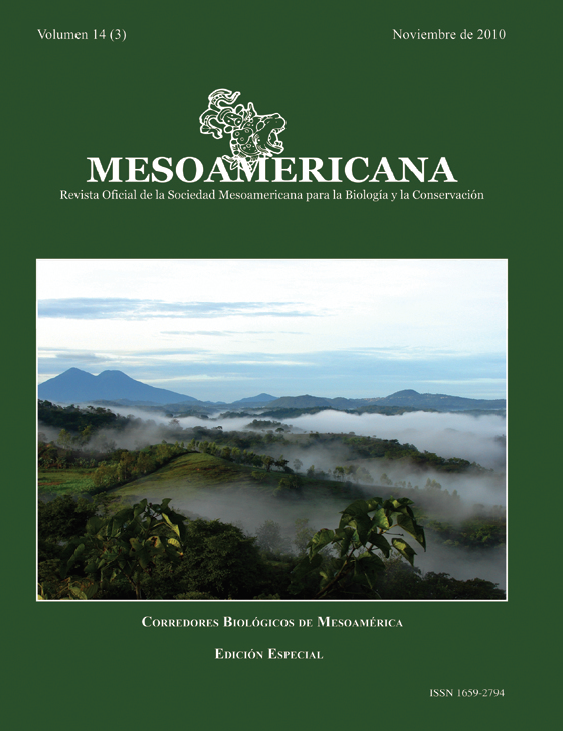

The biggest challenge that biological corridor face in order to become an effective conservation strategy is their integration and function within agricultural landscapes meeting conservation needs, while contributing to, or minimizing their effects on production needs. In order to achieve this goal we must understand the role that agroecosystems play in this conservation. To fulfill this goal were selected six landuses on the CATIE farm including forests, coffee, cacao, pastures and sugar cane for a long-term bird monitoring project. During twelve months were captured, evaluated and banded resident and migratory bird species three days per week. A total of 1,615 individuals were caught distributed in 26 families and 121 species, with an overall mistnetting effort of 2,400 net/hours. Agroforestry coffee habitats accounted for 49% of the individuals captured, and in conjunction with cacao agroforests, they including 81% of all migratory species captured. The two most abundant species corresponded to those generalists. Accumulation curves showed significant differences (p<0.05) between multiestrata agroforestry coffee and forests. Live fences (pastures) showed the greatest number of expected species (85.75±22.26). Our results demonstrate the importance of agroecosystems for the conservation of resident and migratory Neotropical birds. While the forest habitat had the lowest species richness, this habitat included eleven unique and forest dependent species not found in any other landuse. While the agroecosystems evaluated are contributing to conservation of avian diversity, they fail to provide habitat for forest dependent species. As such, it is essential that forest fragments are maintained and protected within the landscape.